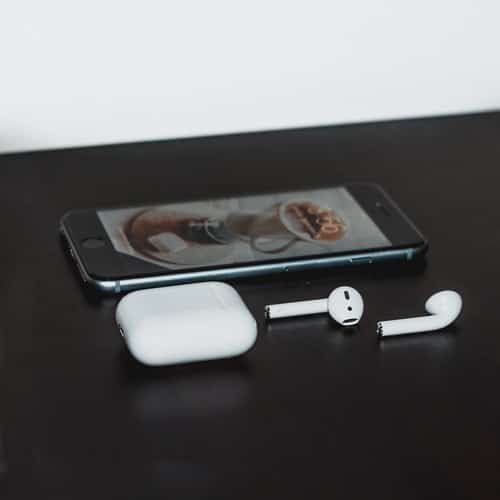Noise-induced hearing loss (NIHL) can be caused by a variety of activities, including listening to music through headphones too loudly. In fact, according to the National Institute on Deafness and Other Communication Disorders, “Long or repeated exposure to sounds at or above 85 dB can cause hearing loss. The louder the sound, the shorter the amount of time it takes for NIHL to happen.” Below we review how to tell if your child’s headphones are putting them at risk of NIHL.
Can They Hear You?

When your child is listening to music through their headphones, speak to them and see if they can hear you from a few feet away. If they can’t, this is a good indicator their music is turned up too loud.
Have Them Hold Them Out
Another test your child can conduct with your help or alone is to turn up their headphones to their desired volume then hold them out in front of them at arm’s length. If they can hear the music, this is another indicator it’s too loud.
Check the Volume Bar
The golden rule of safe listening is called the 60/60 rule, which states your child should listen at no more than 60% of the device’s maximum volume for no more than 60 minutes at a time. Check the volume bar to make sure it’s set to about two-thirds the maximum volume or below.
Use a Sound Meter
A more objective way of measuring whether their headphones are too loud is to invest in a sound meter, which is a device that measures sound levels in decibels (dB). To use the sound meter, first purchase one from an electronics retailer or online. Once you have it, connect your child’s headphones to the audio source and have them adjust the volume. Turn on the sound meter and place the mic directly in the headphone cups. It should read the sound level in decibels on the screen. Adjust the volume until it shows 85 dB or lower.
For more information about hearing protection or to schedule an appointment for a hearing test, call Evergreen Speech and Hearing Clinic today.